Friction is a force that arises when two surfaces come into contact and slide or try to slide against each other. It acts in the opposite direction to the motion of the object or the force that is attempting to cause the motion. Friction is caused by microscopic irregularities on the surfaces, which interlock and resist the relative motion between them. It is an essential force in everyday life, affecting the movement of objects and providing traction for walking, driving, and other activities.
Examples
Skating

When a skateboard glides along the surface of the road, the contact between the skateboard’s wheels and the road creates friction. This friction acts as a resistance force that opposes the skateboard’s motion, causing it to gradually slow down.
Sandpaper
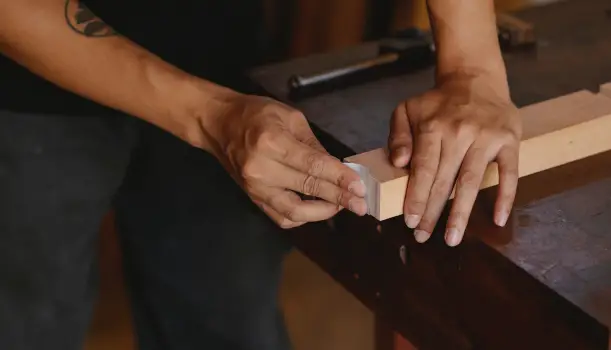
When a carpenter rubs sandpaper against a wooden edge to smoothen its surface, the contact between the sandpaper and the wood creates friction. As the sandpaper and wood slide against each other, the friction between them allows the abrasive surface of the sandpaper to remove imperfections from the wood, resulting in a smoother finish.
Chalk
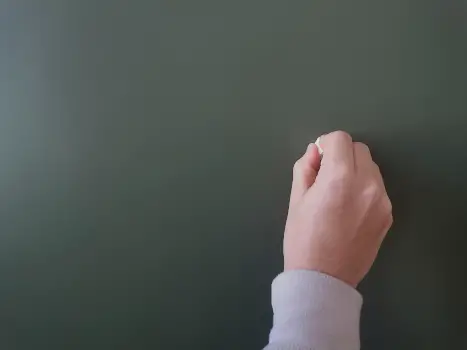
The act of writing on a blackboard with chalk often produces a screeching sound. This sound is a result of the friction generated between the surfaces of the chalk and the blackboard.
Knife sharpening
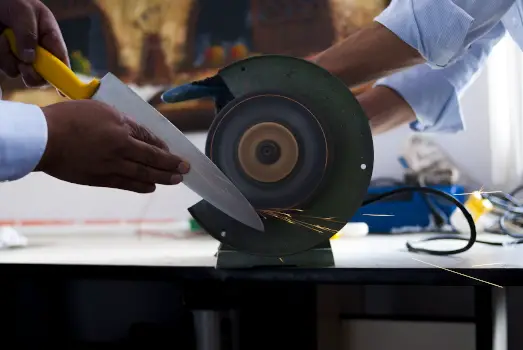
When a knife is being sharpened on a sharpening stone, the blade of the knife and the surface of the stone come into contact and slide against each other. As these surfaces interact, friction is created between them. The friction helps to remove small amounts of material from the blade and gradually sharpens it.
Mirror cleaning
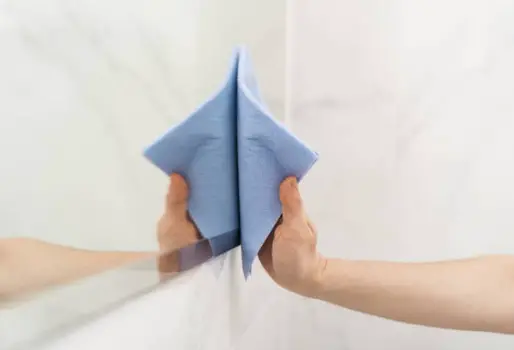
When a mirror is cleaned using a cloth, the smooth surface of the mirror and the fibers of the cloth come into contact and slide against each other. As these surfaces interact, friction is generated between them. The friction helps to remove dust, smudges, and other particles from the surface of the mirror, allowing it to be cleaned effectively.
Matchstick
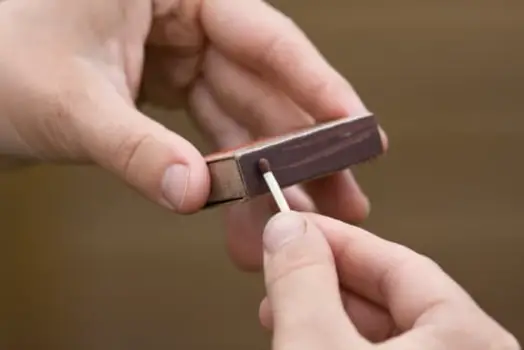
To ignite a matchstick, the matchstick head is rubbed against the rough surface of a matchbox with force. This rubbing action causes the matchstick and matchbox surfaces to slide against each other, creating friction between them. The friction generated during this process produces heat, eventually leading to the ignition of the matchstick.
Shoe polish
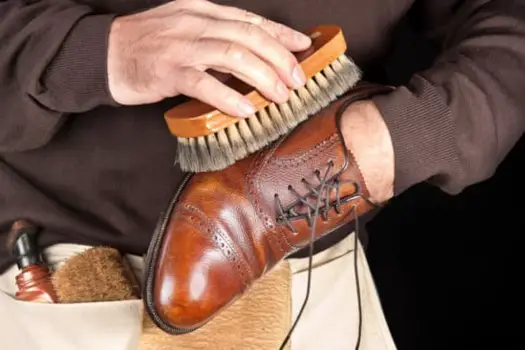
When a shoeshiner polishes a shoe using a shoe brush, the surfaces of the shoe and the brush come into contact and slide against each other. As a result, friction is generated between these surfaces. This friction aids in the process of shining the shoe, as the bristles of the brush interact with the shoe’s surface to remove dirt and buff it to a polished finish.
Photocopier
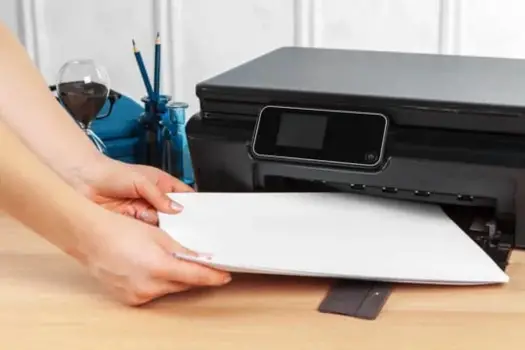
When paper is being removed from a photocopier, there is contact and sliding between the paper and the surface of the photocopier. This sliding action creates friction between the two surfaces, as they resist each other’s motion.
Ironing
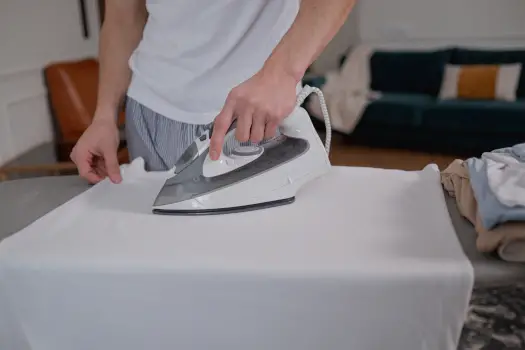
During the process of ironing, the iron and the surface of the cloth come into contact and slide against each other. This interaction between the two surfaces creates friction. The friction is generated as the iron’s heated plate glides across the fabric, allowing for the smooth and even distribution of heat, which helps in removing wrinkles and creases from the cloth.
Sliding

When someone slides down a garden slide, their body and the surface of the slide come into contact and slide against each other. As they descend, the interaction between these two surfaces generates friction. This friction provides the necessary resistance to slow down the person’s speed and control their descent, ensuring a safe and enjoyable sliding experience. Without the friction between the body and the slide, the person would not be able to slide down smoothly and safely.
Mopping
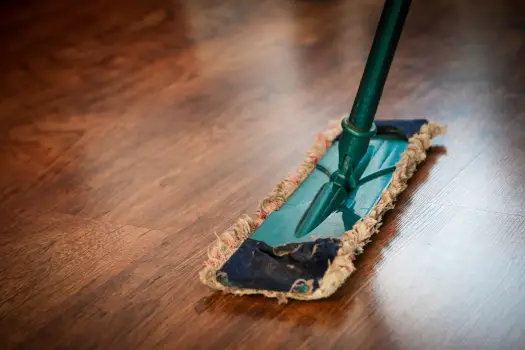
When mopping the floor, the mop’s bristles or cleaning pad come into contact with the floor surface, creating friction between the two surfaces. This friction plays a crucial role in the cleaning process as it allows the mop to grip the floor and exert a force against it. As the mop is moved back and forth, the friction between the mop and the floor helps to dislodge and pick up dirt, dust, and other particles from the floor.
Snow sliding
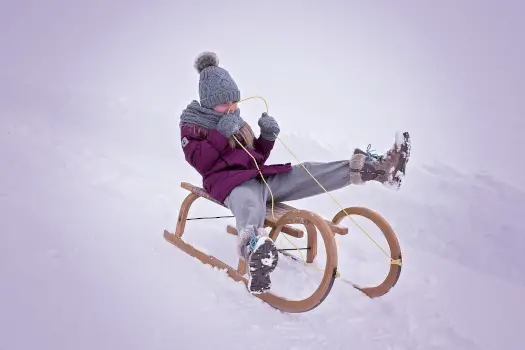
When sliding on snow, the sled or any object in contact with the snow’s surface experiences friction. As the sled moves across the snow, the surfaces of the sled and the snow rub against each other, generating friction. This friction provides the necessary resistance to slow down the sled’s speed and allows for control over the sliding motion. Without friction, the sled would glide effortlessly over the snow without being able to maintain a controlled slide.
Sliding window

When sliding a window within its frame, friction is generated between the window and the surface it slides on. As the window moves back and forth, the surfaces in contact with each other experience friction. This friction helps to control the movement of the window and allows it to slide smoothly while still providing enough resistance to keep it in place. Without friction, the window would slide too easily and may not remain securely positioned. Therefore, friction plays a crucial role in ensuring the smooth and stable operation of sliding windows.
Pencil
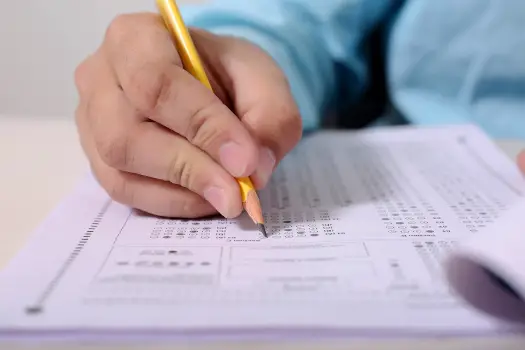
When writing with a pencil, the point of the pencil and the writing surface come into contact and slide against each other. This interaction between the two surfaces generates friction. The friction allows the pencil to create marks on the writing surface, leaving behind the graphite from the pencil’s point. The friction between the pencil and the writing surface is essential for the transfer of graphite and the creation of legible writing.
Kitchen drawer
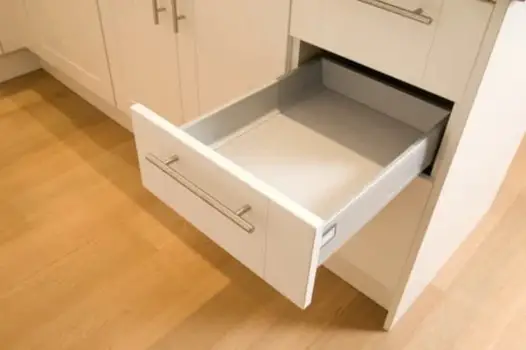
When sliding a kitchen drawer on its channel, the surfaces of the drawer and the channel’s frame come into contact and slide against each other, generating friction. This friction provides the necessary resistance that allows the drawer to move smoothly along the channel. It ensures controlled sliding and helps maintain stability during the operation of the drawer. The presence of friction between the drawer and the channel’s frame is essential for the proper functioning of the kitchen drawer; it allows for smooth and precise movement along its designated path.
Eraser
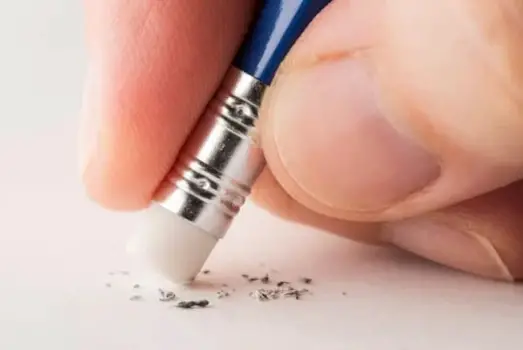
When an eraser is used to remove pencil marks from paper, the surfaces of the eraser and the paper come into contact and slide against each other, resulting in the generation of friction. This friction is responsible for loosening and lifting the pencil marks from the paper’s surface, making them easier to erase. The interaction between the eraser and the paper through friction allows for the effective removal of the pencil marks, leaving the paper clean and free from unwanted markings.
Hand rubbing
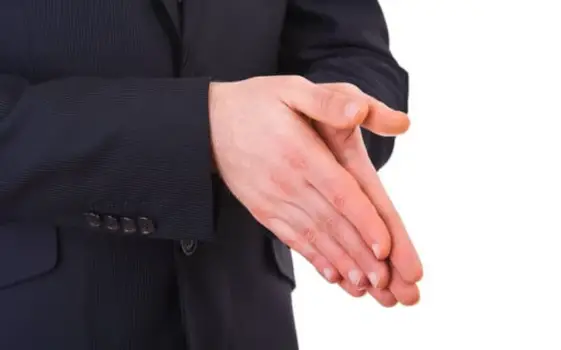
When hands are rubbed together, friction is produced as the surfaces of the hands slide against each other. The interaction between the rough areas of the skin creates resistance and a sense of traction. This friction generates heat, making it a common method to warm the hands, especially in colder environments.
Cycling

When riding a bicycle on the road, friction occurs between the tires of the bicycle and the surface of the road. As the bicycle moves forward, the tires make contact with the road, resulting in an interaction between their surfaces. This interaction gives rise to friction, which is the resistance experienced as the tires slide against the road surface. Friction plays a crucial role in enabling the tires to grip the road and provide traction, thus allowing the rider to maintain balance and control while riding. Without friction, the tires would simply spin without gaining traction, making it exceedingly challenging to effectively and safely ride a bicycle on the road.
Pushing
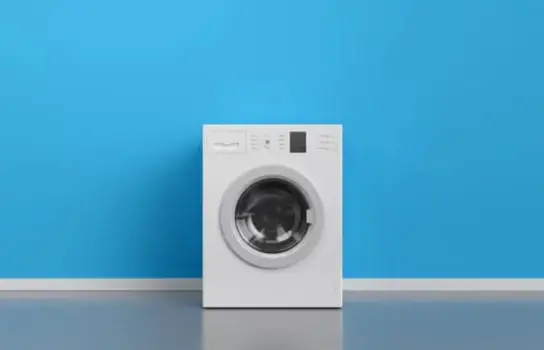
When a washing machine is pushed along the floor, friction is generated between the base of the machine and the floor surface. As the washing machine moves, the contact between its base and the floor creates friction. This friction acts in the opposite direction to the motion, making it more difficult to push the washing machine.
Airplane

When an airplane lands on the runway, friction is generated between the airplane’s wheels and the runway surface. As the airplane touches down, the wheels make contact with the runway, resulting in the sliding motion of these surfaces against each other. This sliding action produces friction between the airplane’s wheels and the runway.
Tooth brushing

During tooth brushing, friction is generated between the bristles of the toothbrush and the surface of the teeth. As one brushes their teeth, the bristles come into contact with the teeth and slide against them. This sliding motion between the bristles and the teeth creates friction. The friction helps to remove plaque, food particles, and bacteria from the teeth, promoting effective cleaning and maintaining oral hygiene.
Painting
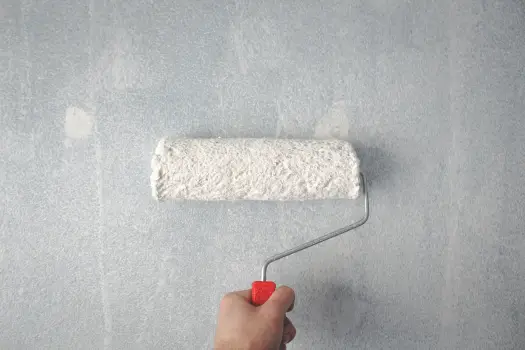
When painting a wall with a paintbrush, friction is generated between the bristles of the brush and the surface of the wall. As the brush glides across the wall, the bristles make contact with the wall and slide against it, creating friction. This friction allows the brush to move smoothly along the wall surface, ensuring proper application of paint during the painting process.
Carrom
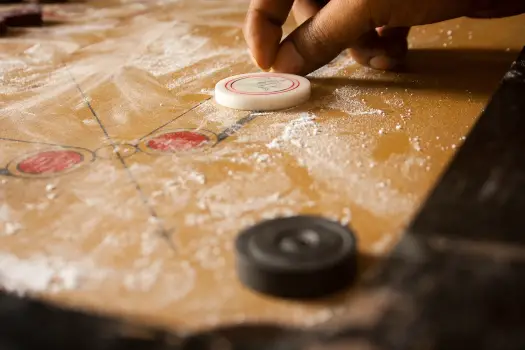
When using a carrom striker on the carrom board, friction is produced between the surface of the striker and the surface of the carrom board. As the player flicks the striker, it slides across the board, causing the surfaces to come into contact and interact. This interaction between the striker and the board creates friction. The frictional force opposes the motion of the striker, causing it to slow down and eventually come to a stop.
Jeans
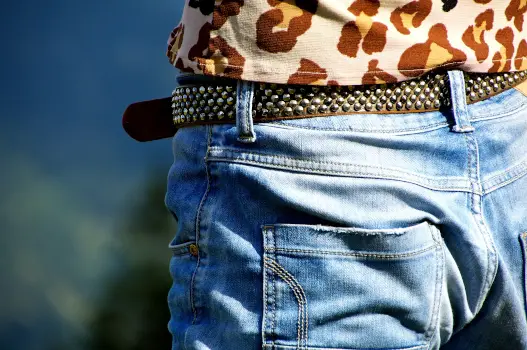
Friction is involved when wearing jeans. When jeans are worn, friction is generated between the fabric of the jeans and the surface of the body. The contact between the fabric and the skin causes the two surfaces to slide against each other, resulting in the production of friction. This frictional force provides resistance as the fabric interacts with the body. It plays a crucial role in keeping the jeans in place and preventing excessive sliding or shifting.
Bowling ball
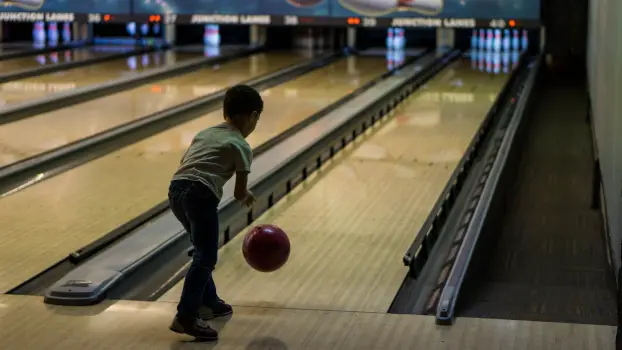
When a bowling ball rolls on the bowling lane, friction comes into play, causing it to slow down. The force of friction acts in the opposite direction to the motion of the bowling ball. As the bowling ball moves across the bowling lane, there is interaction between its surface and the lane’s surface. This interaction results in the generation of friction between the two surfaces and creates a resistance that opposes the ball’s motion. It is this frictional force that contributes to the deceleration of the bowling ball.
Equation
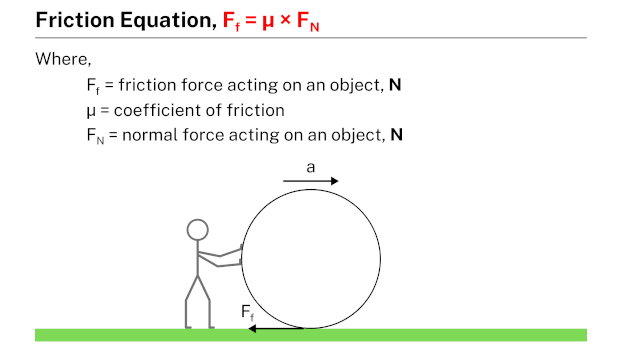
The friction equation, represented mathematically as Ff = µ × FN, establishes a relationship between the friction force (Ff), the coefficient of friction (µ), and the normal force (FN). With this equation, one can determine the frictional force acting on an object by considering both the coefficient of friction and the corresponding normal force.
Practice problems
Problem #1
Calculate the friction force acting on a box of mass 9 kg as it is pushed along the floor. The coefficient of friction between the box and the floor is 0.09.
Solution
Given data:
- Friction force acting on a box, Ff = ?
- Mass of a box, m = 9 kg
- Coefficient of friction between the box and floor, µ = 0.09
- Assuming gravitational acceleration, g = 9.81 m/s2
Applying the formula:
- Ff = µ × FN
- Ff = µ × mg (normal force equation, FN = mg)
- Ff = 0.09 × 9 × 9.81
- Ff = 7.94 N
Therefore, the friction force acting on a box is 7.94 N.
Problem #2
Determine the value of the friction force acting on an ice slab of mass 12 kg as it is pulled along a cement floor. The coefficient of friction between the ice slab and the cement floor is 0.35.
Solution
Given data:
- Friction force acting on an ice slab, Ff = ?
- Mass of an ice slab, m = 12 kg
- Coefficient of friction between the ice slab and cement floor, µ = 0.35
- Assuming gravitational acceleration, g = 9.81 m/s2
Applying the formula:
- Ff = µ × FN
- Ff = µ × mg (normal force equation, FN = mg)
- Ff = 0.35 × 12 × 9.81
- Ff = 41.20 N
Therefore, the friction force acting on an ice slab is 41.20 N.
Problem #3
A 2 kg book resting on a desk is pushed with a hand. Calculate the friction force acting on the book, given that the coefficient of friction between the book and the desk is 0.24.
Solution
Given data:
- Mass of a book, m = 2 kg
- Friction force acting on a book, Ff = ?
- Coefficient of friction between the book and desk, µ = 0.24
- Assuming gravitational acceleration, g = 9.81 m/s2
Applying the formula:
- Ff = µ × FN
- Ff = µ × mg (normal force equation, FN = mg)
- Ff = 0.24 × 2 × 9.81
- Ff = 4.70 N
Therefore, the friction force acting on a book is 4.70 N.
Problem #4
Calculate the friction force acting on a 500 gm knife as it is sharpened on a knife sharpening stone. The coefficient of friction between the knife and the knife sharpening stone is 0.75.
Solution
Given data:
- Friction force acting on a knife, Ff = ?
- Mass of a knife, m = 500 gm = 0.5 kg
- Coefficient of friction between a knife and knife sharpening stone, µ = 0.75
- Assuming gravitational acceleration, g = 9.81 m/s2
Applying the formula:
- Ff = µ × FN
- Ff = µ × mg (normal force equation, FN = mg)
- Ff = 0.75 × 0.5 × 9.81
- Ff = 3.67 N
Therefore, the friction force acting on a knife is 3.67 N.
Related
More topics
- Air resistance examples
- Gravity examples
- Inertia examples
- Acceleration examples
- Momentum examples
- Mass examples
- Velocity examples
- Friction examples
- Frame of reference examples
Image credit
- The stock photos used in this post are sourced from platforms like Pexels, Pixabay, Canva, etc. Due to the age of the images, their specific origins remain unknown.
External links
- Friction Overview, Types & Measurement – Video & Lesson Transcript – Study.com
- Friction and resistance – TheSchoolRun
- What Are the 4 Main Types of Friction? – YourDictionary
- Friction: Explanation, Review, and Examples – Albert
- Friction – Wikipedia
- What are some examples where friction is useful? – Quora
- Friction Definition & Meaning – Merriam-Webster
- Static and kinetic friction example (video) – Khan Academy
- Types of Friction – CK-12
- Examples of ‘friction’ in a sentence – Collins Dictionary
- Friction | Definition, Types, & Formula – Britannica
- Friction: Definition, Coefficient, Equation (w/ Diagrams & Examples) – Sciencing
- Frictional force| Definition and Daily Life Examples – What’s Insight
- What is friction and how does it work? – BBC
- Friction: Definition, Formula, Force, Example, Cause – Vaia
- Friction Example Problem – Science Notes and Projects
- Friction – Ducksters
Deep
Learnool.com was founded by Deep Rana, who is a mechanical engineer by profession and a blogger by passion. He has a good conceptual knowledge on different educational topics and he provides the same on this website. He loves to learn something new everyday and believes that the best utilization of free time is developing a new skill.
